#rareridesicons
Rare Rides Icons: The History of Kia's Larger and Full-size Sedans (Part III)
We’ve reached the end of the Nineties in Kia’s midsize-or-more sedan story. It was a time of modernization across Kia’s portfolio, and 1998 and 1999 were years of expansion in particular: Kia introduced an impressive nine all-new models across those two years.
For its larger sedan lineup, the dated Potentia (a rework of the Eighties Mazda Luce) continued on in its popularity in the South Korean market. Potentia was updated from its original 1992 looks for 1998. However, that same year Kia introduced a new large luxury sedan to its lineup. The company once again relied on friendly product partner Mazda. Let’s talk about Enterprise.
Rare Rides Icons: The History of Stutz, Stop and Go Fast (Part X)
The reborn Stutz brand introduced its Blackhawk in 1971. It was a mostly hand-built and Virgil Exner-styled coupe atop a late Sixties Pontiac Grand Prix platform. Despite its rather common underpinnings, the Blackhawk found an immediate clientele among the very wealthy who were of a showbiz variety. After Elvis took delivery of the first Blackhawk sold (prototype two, to be precise), celebrities of various stature placed their orders with Stutz.
This gave the Blackhawk status and immediate luxury credibility, however garish and Extra Super Seventies it all was. Thus, Stutz increased the price of the Blackhawk throughout its debut decade and effectively doubled its profits by the turn of the Eighties. By 1981 the Blackhawk’s base price was $84,500 ($279,242 adj.). But Stutz knew it would have to update its coupe to keep buyers coming back for more, and the majority of updates took the form of trim differentiation and cost-cutting. Let’s talk about the multiple generations of Blackhawk.
Rare Rides Icons: The Ford Festiva, a Subcompact and Worldwide Kia by Mazda (Part I)
We embark on the important and global tale of a subcompact hatchback today. Your author referenced it last week in Part I of our Kia large cars series, and now it’s time for the promised comprehensive Rare Rides coverage! Manufactured in various places around the world, our subject vehicle lived a long life and had no fewer than 10 identities over its impressive 17-year span. We’re going to party, karamu, Festiva, forever.
Rare Rides Icons: The History of Kia's Larger and Full-size Sedans (Part II)
We pick Kia’s large-car story once more today, at a point when the Korean manufacturer was in the midst of establishing itself as a proper full-line automaker, albeit with contributions from various other automotive firms. After Kia built Fiats and Peugeots via knock-down kits, it moved on to a light rework of the early Eighties Mazda 626. It made two cars out of the 626, its first midsize offerings. They were the upscale Concord and lesser (but still sort of upscale looking) Capital. But before we move on to the company’s first truly full-size car, we need to talk about the Mercury Sable for a moment.
Rare Rides Icons: The History of Stutz, Stop and Go Fast (Part IX)
We pick back up in the Stutz story today, at a time when (once again) all was new and promising at the luxury brand. Under the company’s new ownership, Stutz had the funding for Italian craftsmanship and hand-built goodness. The all-new Stutz Blackhawk entered production in 1971.
Nineteen feet long and full of wood, precious metals, and optional mink upholstery, the Blackhawk asked for a stunning amount of money that was far greater than domestic personal luxury coupes and more than a Rolls-Royce. At a base ask of $22,500 ($162,533 adj.) in 1971 dollars, there were few cars that actually competed with the Blackhawk’s purchasable exclusivity. And said exclusivity attracted some very wealthy people. Let’s talk celebrity status.
Rare Rides Icons: The History of Kia's Larger and Full-size Sedans (Part I)
I got to thinking about one particular big old Kia from the late Nineties the other day, and upon searching it on The Internet, I realized the Korean manufacturer had a much longer history with large cars than I’d thought previously. Given most of them were (or are) off-limits to the North American market, it might be time for a history lesson. We begin today with Kia’s first large car. It’s one you’ve probably heard of, because it was a Peugeot.
Rare Rides Icons: The History of Stutz, Stop and Go Fast (Part VIII)
In our last Stutz entry, we saw the once famed luxury maker resuscitated by an entrepreneurial banker. Still headquartered in Indianapolis, Indiana, the newly renamed Stutz Motor Car of America, Inc. built a neoclassical coupe to excite lovers of polyester, personal luxury, and a mélange of styling cues from the Twenties and Thirties. The company’s first offering was the new Blackhawk, styled in a baroque Pontiac kind of way by Virgil Exner.
Rare Rides Icons: The History of Stutz, Stop and Go Fast (Part VII)
We pick up the Stutz story again today, as the super luxurious American brand went off to the automotive graveyard in the sky. Troubled by braking issues, dated product, and management keen to ignore the brand’s racing heritage, Stutz poured its limited development dollars onto delivery trucks and a rather sophisticated DOHC straight-eight engine. Both those developments were finished around the time of the Great Depression.
Unfortunately for Stutz, circa 1930 there was little demand for a new type of delivery truck, and really no demand at all for six-figure (adjusted) luxury cars. The company went bankrupt in 1937 and was liquidated fully in 1939. But the legendary name was not forgotten by certain people in Indianapolis who wore wide lapel suits.
Rare Rides Icons: The History of Imperial, More Than Just a Car (Part XXII)
Today we reach the 22nd and final installment in the Imperial series. In our last edition, we reviewed the development and birth of the final production car to wear the Imperial name: The super-extended K-car platform known as the Y-body. Lee Iacocca was keen on the idea of a full-size luxury sedan for the elderly customer, but Chrysler had neither the resources nor the platform to do it properly. Thus the Y-body appeared, and its angular and pencil-thin shape went on sale in 1990 alongside the similarly lengthened Chrysler New Yorker Fifth Avenue. Speaking of angles, let’s talk about that sweet money-saving clip swap action.
Rare Rides Icons: The History of Imperial, More Than Just a Car (Part XXI)
We find ourselves at the final two installments of the long-running Imperial series today. It’s been almost six months since the first Imperial entry, when a new model was dreamt up by Chrysler’s founder as competition for the likes of Pierce-Arrow and Studebaker. The Imperial name outlived most of the Twenties competition it was designed to beat, though along the way it drifted both nearer and further to the original mission. The concluding entrant into the Imperial lineage was definitely the weakest ever. K-car time, commence!
Rare Rides Icons: The Toyota Cressida Story (Part IV)
We’ve come to the end of our Cressida journey, and the short-lived fourth generation. Conservative and staid as ever, Cressida’s final entry was squeezed out of the lineup from above and below: The crushing weight of Lexus came down upon the late Eighties Cressida shortly after its introduction, while Camry smashed it from below. Put on your Urban Sombrero and let’s go.
Rare Rides Icons: The History of Stutz, Stop and Go Fast (Part VI)
Today we pick up our Stutz series once more, at the dawn of 1929. Stutz wasn’t in the best way at the time: Its vehicles, though very luxurious, were selling slowly, and were largely seen as behind the times with the luxury competition. Management had taken the company’s advertising in a new direction in the second half of the Twenties and was largely ignoring the company’s racing pedigree – the thing that put Stutz on the map.
There was no Bearcat in the company’s lineup, as wares drifted further from performance and more into elegance territory. And finally, given the company’s financial struggle and recent lack of interest in motorsport, the board room discontinued all support for racing activities in 1928. The sole promising source of money was the distribution rights for the Pak-Age-Car, which saw the delivery trucks placed alongside luxury cars in Stutz showrooms. Things went downhill further as the Great Depression loomed.
Rare Rides Icons: The History of Imperial, More Than Just a Car (Part XX)
Here we are, the 20th installment of the Imperial series. We’ve covered the Imperial’s inception as a coach-built car for the wealthy, through its Fifties rebirth as an independent brand with hand-built quality that rivaled the best luxury car makers had to offer. From there Imperial’s tale was ups and downs (mostly downs) as Chrysler’s luxury arm continually found itself less independent, and more tied to the New Yorker.
But after its sad Seventies cancellation, it was time for an Eighties rebirth under the direction of CEO Lee Iacocca. He was determined to make the best, most exclusive American personal luxury coupe money could buy. To date we’ve learned about the angular bustle back exterior, the J-body Cordoba platform underneath, and the Cordoba-plus leather-lined interior, by Mark Cross. Today we continue with Iacocca’s close personal friend, Frank Sinatra (or ‘FS’ if you’re talking badges.)
Rare Rides Icons: The Toyota Cressida Story (Part III)
Today we find ourselves in the third installment of Toyota Cressida coverage. The first Cressida bowed in 1978 with curvy European styling influences and was a more luxurious take of the Corona Mark II with which North American consumers were already familiar. After a short run from 1978 through 1980, a second-generation Cressida was introduced for ’81. It pursued a much more traditional three-box sedan shape, and looked quite Japanese despite marketing statements about how it was “European looking.”
Under the conservative shape were a number of whiz-bang electronic features, all applied to an interior that was redesigned solely for the American market Cressida. The second Cressida was more successful than the first, and new tech features like electronic fuel injection made it more desirable. After another short model run from 1981 to 1984, it was time for the third generation Cressida. The new one in 1985 was even more conservatively styled than the two that came before it. Say hello to X70.
Rare Rides Icons: The Mitsubishi Diamante Story (Part IV)
Last time on our Diamante coverage, we learned about the near-luxury sedan’s somewhat delayed introduction to America. In the two-year translation from a Japanese market car to an American one, Diamante lost the majority of its interesting and advanced tech features and adopted a cheaper suspension design. Today we’ll find out what happened when Mitsubishi pitched the new and de-contented Diamante against the Lexus ES 300.




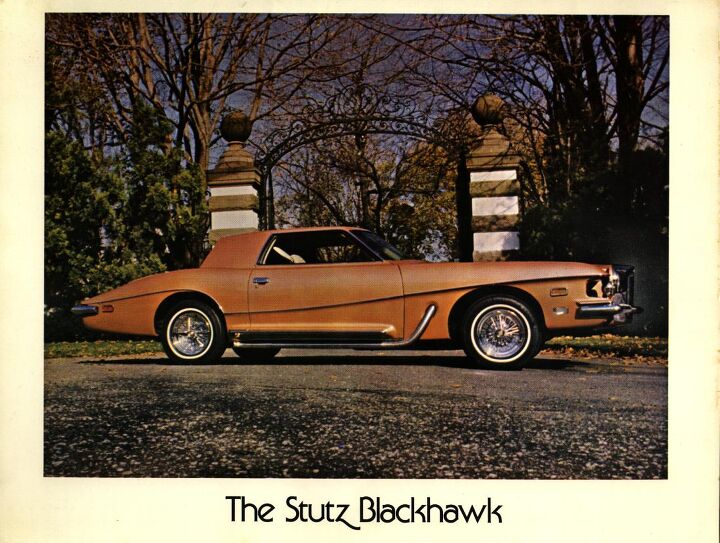

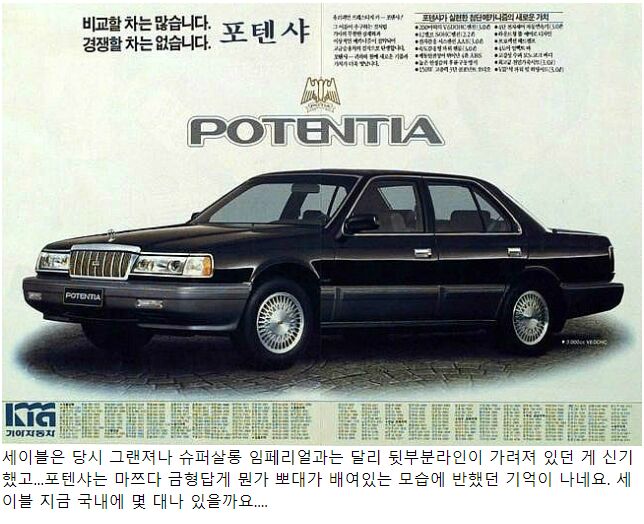

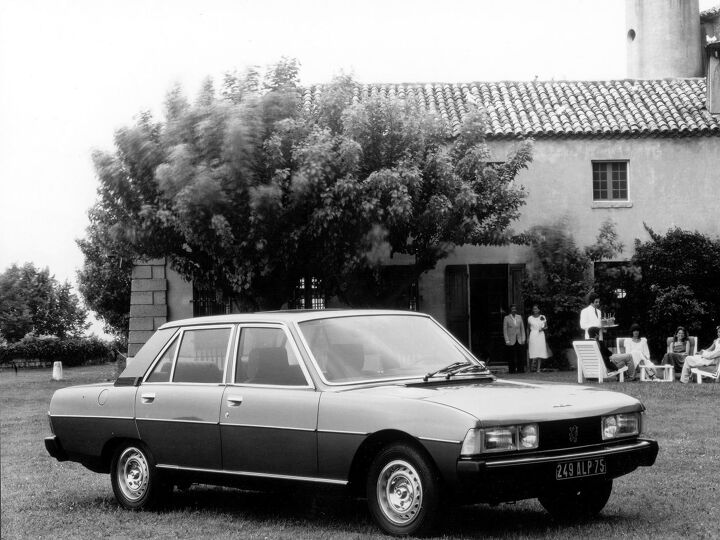
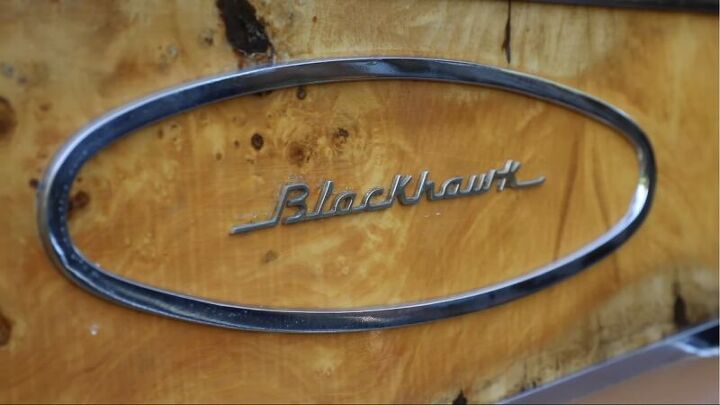


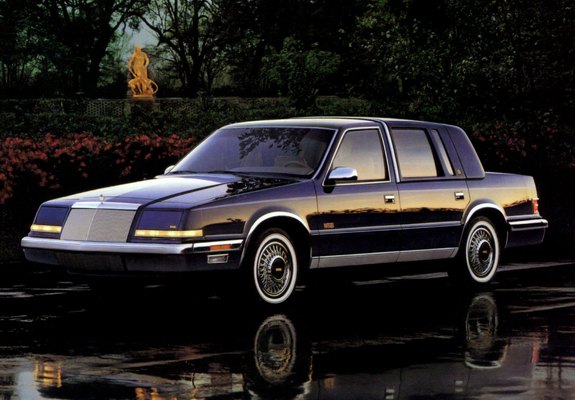
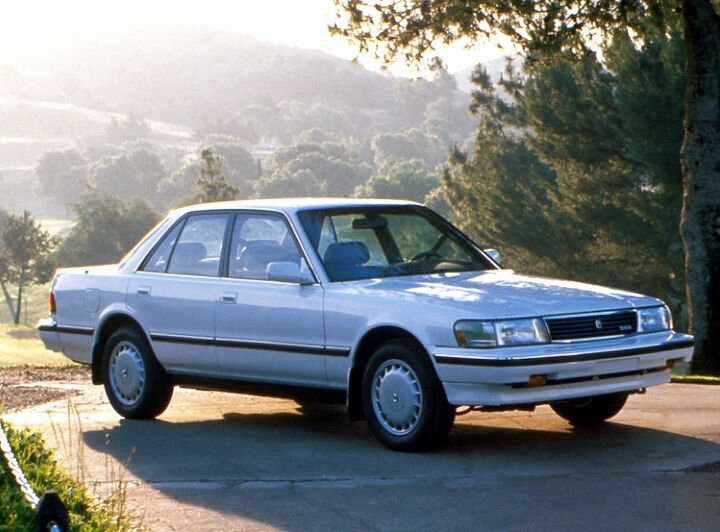

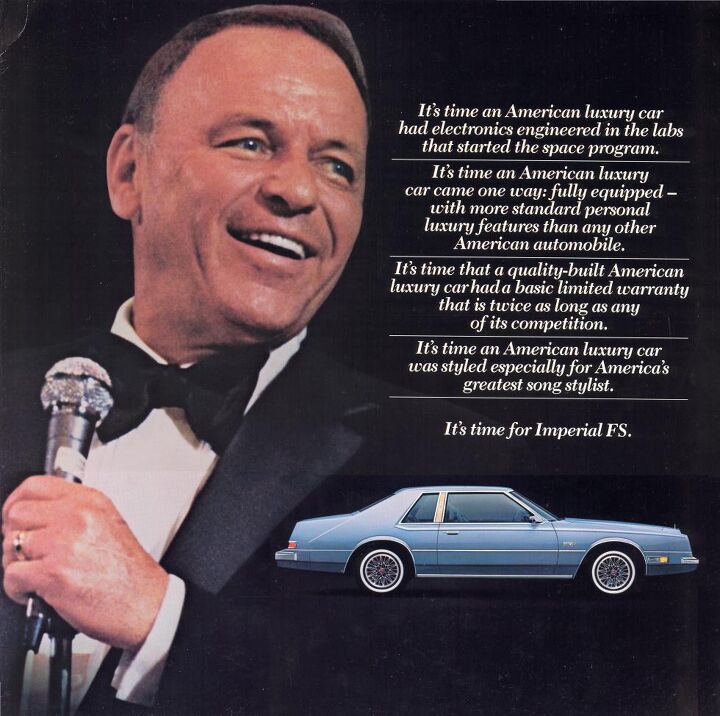














Recent Comments